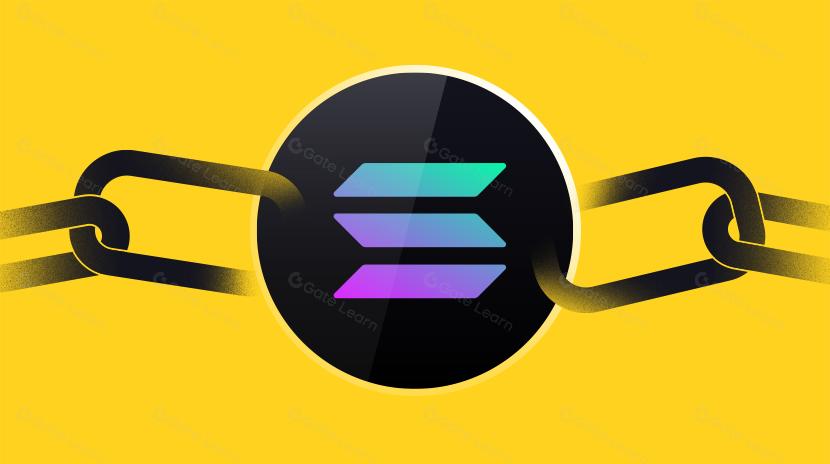crypto gas fees

Gas fees are the costs required to execute transactions and smart contracts on blockchain networks, similar to transaction fees in the traditional world. This concept was initially introduced and widely used by the Ethereum network, and later adopted by numerous blockchain platforms. The level of gas fees directly affects transaction confirmation speed and network congestion, representing a crucial economic factor users must consider when interacting with blockchains. During peak periods, gas fees can surge to prohibitive levels, which has prompted the emergence of various scaling solutions.
Background: The Origin of Gas Fees
The concept of gas fees was initially proposed by Ethereum founder Vitalik Buterin in 2014 as a unit to measure computational resource consumption on the blockchain. The introduction of gas was intended to separate transaction fees from the price of Ether, creating a more stable standard for measuring computational costs.
In early blockchains like Bitcoin, transaction fees were relatively simple, primarily based on transaction size. However, as the first blockchain supporting Turing-complete smart contracts, Ethereum needed a more precise mechanism to measure computational complexity, leading to the birth of the gas system.
With the rise of decentralized applications (DApps) and DeFi projects, especially during the DeFi boom of 2020-2021, gas fee issues became increasingly prominent. The high gas fees caused by network congestion became a bottleneck restricting further development of the Ethereum ecosystem, driving the development of Layer 2 solutions and alternative public chains.
Work Mechanism: How Gas Fees Operate
The calculation and payment of gas fees follow specific mechanisms:
-
Gas Units: Each operation consumes a specific amount of gas units, for example, a basic transfer consumes 21,000 units, while complex smart contract operations may require hundreds of thousands of units.
-
Gas Price: Users set the price they are willing to pay for each unit of gas, typically priced in Gwei (10^-9 ETH).
-
Maximum Gas Fee: The gas units of a transaction multiplied by the gas price equals the maximum fee a user might pay.
-
Priority Fee (Tip): After Ethereum's EIP-1559 upgrade, transaction fees include both a base fee and a priority fee, with the base fee being burned and the priority fee paid to miners.
-
Gas Limit: Users set the maximum amount of gas they are willing to allocate for a transaction; if gas runs out during execution, the transaction fails but the fee is not refunded.
Different blockchain networks adopt varying gas fee models. For instance, competing chains like Binance Smart Chain and Polygon attract users by offering lower gas fees, while Solana employs a completely different fee structure that doesn't use the gas concept but maintains extremely low transaction costs.
Future Outlook: Development Trends of Gas Fees
The blockchain industry is actively exploring multiple approaches to address gas fee issues:
-
Scaling Solutions: Including Ethereum 2.0's sharding technology, Optimistic Rollups, and ZK-Rollups as Layer 2 solutions, aimed at increasing network throughput and reducing gas fees per transaction.
-
Transaction Bundling Optimization: Improving resource utilization efficiency through batch processing transactions, smart contract optimization, and gas market improvements.
-
Alternative Blockchains: Some emerging blockchain platforms employ different consensus mechanisms or architectures to offer inherently lower transaction costs.
-
Gas Tokenization: Certain projects are exploring tokenizing gas fees, allowing users to purchase or lock in future transaction costs in advance.
-
Fee Subsidy Mechanisms: An increasing number of DApps are implementing fee subsidy models where protocols bear part or all of users' transaction fees to enhance user experience.
As blockchain technology matures and the user base expands, gas fee mechanisms will continue to evolve, seeking a balance between network security, decentralization, and user-friendliness.
Gas fees, as a core component of blockchain economics, are not merely simple transaction costs but also a resource allocation mechanism. They ensure the secure operation of blockchain networks, prevent abuse of network resources, and incentivize validators to maintain the network. As blockchain technology advances toward large-scale applications, gas fee optimization will become a key factor in industry development, affecting user adoption rates, developer activity, and the overall health of the ecosystem. An efficient, predictable, and economically reasonable gas fee mechanism will be an important indicator of future blockchain platform competitiveness.
Share
Related Articles

The Future of Cross-Chain Bridges: Full-Chain Interoperability Becomes Inevitable, Liquidity Bridges Will Decline

Solana Need L2s And Appchains?
